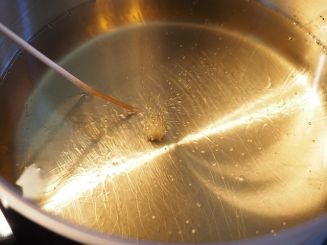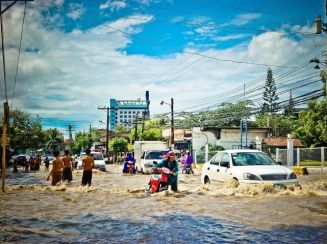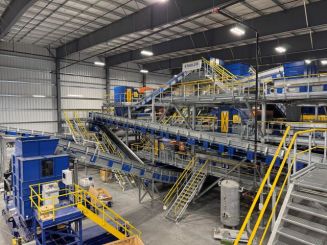A new big discovery from the Bio-on laboratories
Also from the used cooking oil comes the bioplastic.

Bio-on presents a new big discovery: it is possible to use waste cooking oils for the production of Minerv PHAs, the revolutionary biopolymer of Bio-on, organic and 100% biodegradable.
"This important news is the result of two years of research activities and allows Bio-on to draw on the enormous quantities of this waste - explains Marco Astorri, President and CEO of Bio-on - especially in markets such as North America and Asia, where the consumption of fried foods is high and the amount of exhausted oil exceeds, according to our estimate, one billion liters per day. A waste product, which must be disposed and treated with high costs, also environmental, becomes a "raw material" to feed the bacteria that produce PHA bioplastics according to the completely natural Bio-on process". The waste cooking oil is added to the "raw materials" already used to produce Bio-on bioplastics (beet molasses and sugar cane, fruit and potato wastes, carbohydrates in general and crude glycerol) but, for the first time, the carbon source which feeds the biopolymer production process is of a lipid nature.
Thanks to a preventive treatment systems for exhausted frying oil, the bioplastic produced has the same characteristics as that generated from other wastes, co- and by-products of agro-industrial productions. This discovery is made by Business Unit RAF (Recovery and Fermentation) in the new Bio-on plant in Castel San Pietro Terme, Bologna Italy. As is known, all the Minerv PHA bioplastics (polyhydroxyalkanoates) developed by Bio-on are made from renewable plant sources (and now also lipid) without any competition with the food chains. They guarantee the same thermo-mechanical properties of conventional plastics with the advantage of being eco-friendly and 100% naturally biodegradable. In addition, they offer application possibilities, even completely unpublished, in sectors where traditional plastics are not used.












